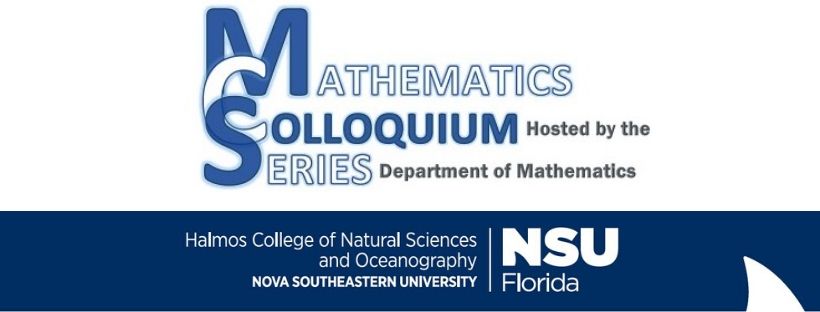Description
Spectroscopic sensing is a powerful and a widely used family of techniques for detecting and identifying chemical and biological substances. For example, nuclear magnetic resonance (NMR) relies on the magnetic properties of the atomistic nucleus to determine the molecular structures. Raman spectroscopy (RS) uses laser light scattering and the resulting energy shift of photons to sense the vibrational modes of a sample. In remote sensing, hyperspectral imaging (HSI) makes use of hundreds of contiguous spectral bands to identify nearly invisible objects at subpixel level. Differential optical absorption spectroscopy (DOAS) is based on the light absorption property of matter to identify broadband and narrow band spectral structures, and analyze atmospheric trace gas concentrations. It is however a challenging problem to identify spectral signals in real-world applications due to many complicating factors. For example, a target chemical often appears in a mixture where the signature (individual) spectral fingerprint of the target is absent; measurement errors occur. Hence robust signal processing methods must be developed to process the sensing data for reliable identification and quantification. In this talk, the speaker shall address the mathematical and computational methods for separating spectral mixtures when minimal or partial knowledge of the source signals is known. Such problems arise in all aforementioned spectroscopies.
Date of Event
September 28, 2016 from 12:00 PM - 1:00 PM
Location
Mailman-Hollywood Auditorium 2nd Floor
NSU News Release Link
https://nsunews.nova.edu/math-colloquium-series-to-discuss-spectroscopic-sensing-sept-28/
Modeling and Methods of Signal Separations with Applications in Spectroscopic Sensing
Mailman-Hollywood Auditorium 2nd Floor
Spectroscopic sensing is a powerful and a widely used family of techniques for detecting and identifying chemical and biological substances. For example, nuclear magnetic resonance (NMR) relies on the magnetic properties of the atomistic nucleus to determine the molecular structures. Raman spectroscopy (RS) uses laser light scattering and the resulting energy shift of photons to sense the vibrational modes of a sample. In remote sensing, hyperspectral imaging (HSI) makes use of hundreds of contiguous spectral bands to identify nearly invisible objects at subpixel level. Differential optical absorption spectroscopy (DOAS) is based on the light absorption property of matter to identify broadband and narrow band spectral structures, and analyze atmospheric trace gas concentrations. It is however a challenging problem to identify spectral signals in real-world applications due to many complicating factors. For example, a target chemical often appears in a mixture where the signature (individual) spectral fingerprint of the target is absent; measurement errors occur. Hence robust signal processing methods must be developed to process the sensing data for reliable identification and quantification. In this talk, the speaker shall address the mathematical and computational methods for separating spectral mixtures when minimal or partial knowledge of the source signals is known. Such problems arise in all aforementioned spectroscopies.
https://nsuworks.nova.edu/mathematics_colloquium/ay_2016-2017/events/2




Presenter Bio
Dr. Yuanchang Sun, an assistant professor of mathematics, received his Ph.D. in applied and computational mathematics 2009 from Michigan State University. Before joining FIU, he had been working as an visiting assistant professor at University of California Irvine from '09-'12. He has been an assistant professor of FIU since August of 2012. Dr. Sun's research areas include 1) signal separations and decompositions, and data analysis; 2) mathematical modeling, analysis, and computations of light-matter interactions on microscopic scales; Over the years, he has made a number of publications and presentations in these topics, and he has taught a variety of courses including calculus, differential equations, numerical analysis, topics in mathematical modeling, etc. Over the past years, he has received several awards and honors including a collaboration grant for mathematicians from the Simons Foundations for 2016-2021. When he is not occupied by research and teaching and taking care of his kids, he usually do swimming, basketball, or other outdoor activities.